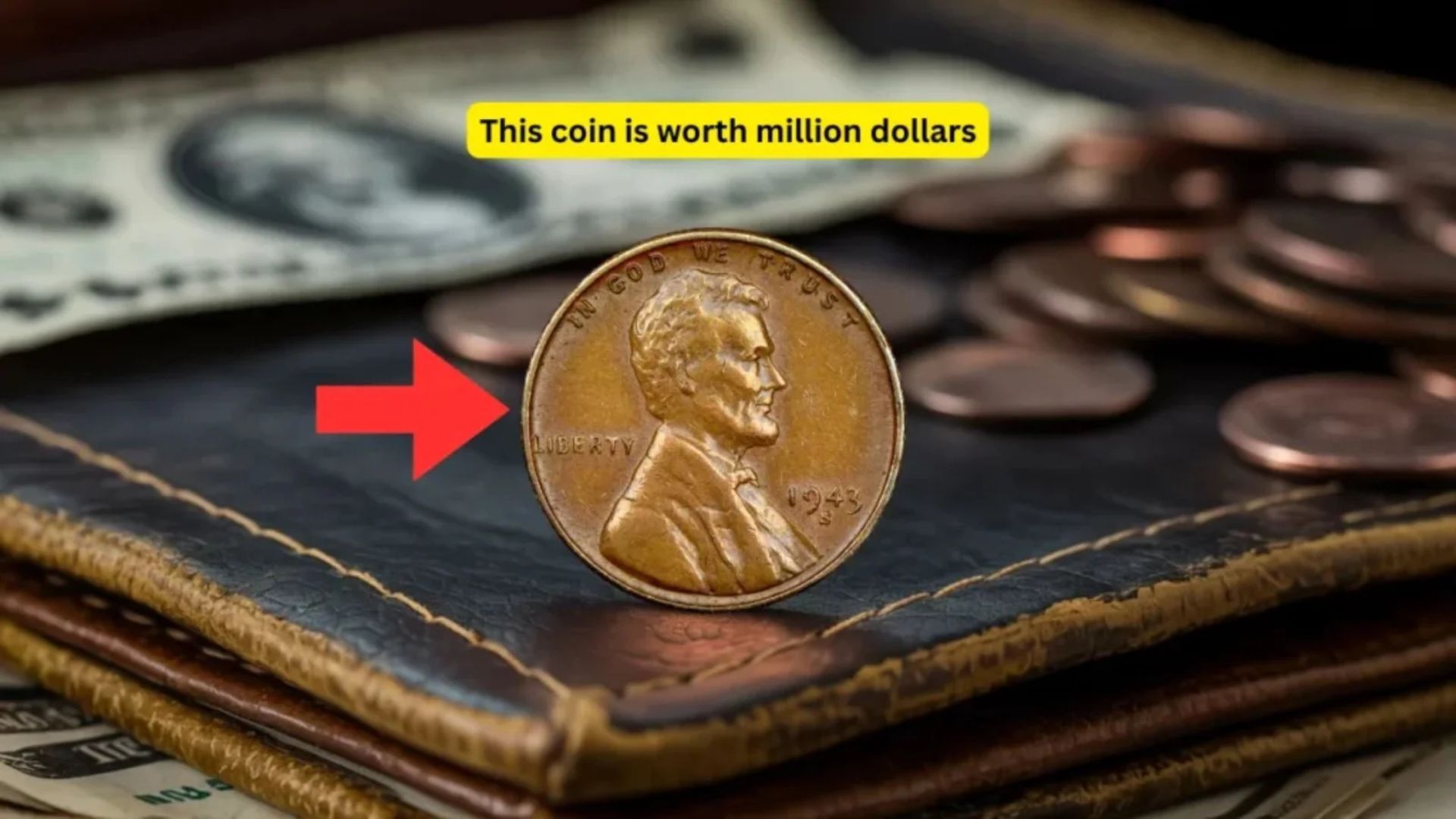Imagine having a coin worth over $1 million — and using it for years as a game token! That’s exactly what happened with a rare Sacagawea dollar. Despite its huge value today, it spent years unnoticed, circulating in games and everyday use. Let’s explore why this coin is so valuable, how to recognize similar coins, and what to do if you find one.
What Is the Sacagawea Dollar Coin?
The Sacagawea dollar was first introduced by the U.S. Mint in 2000. It features Sacagawea, a Native American woman who helped guide explorers Lewis and Clark, on the front side. The coin was meant to replace the Susan B. Anthony dollar and make dollar coins more popular.

Why Is This Sacagawea Dollar Worth $1.1 Million?
Rare Errors and Limited Minting
Most Sacagawea dollars are common and worth just $1. But certain coins, like the one valued at $1.1 million, are extremely rare because of minting errors or special editions.
For example:
- Coins struck on the wrong metal
- Coins missing certain design details
- Limited release proof coins
- Unique misprints or doubled dies
These factors drastically increase their value to collectors.
The Game Token Story
This particular coin was accidentally used for years as a game token because no one realized its worth. It was passed around in arcade games and casual play, showing how easy it is for rare coins to go unnoticed.
How to Spot Valuable Sacagawea Dollar Coins
Here’s a simple guide to check if your Sacagawea dollar might be valuable:
| Step | What to Check | Details | Why It Matters |
|---|---|---|---|
| 1 | Year & Mint Mark | Check the year on the coin and look for mint marks like “P”, “D”, or “S” near the edge | Some years or mints had fewer coins made |
| 2 | Metal Composition | Most coins are copper core with golden outer layer, but some error coins were struck on wrong metals | Wrong metal means rarity |
| 3 | Design Details | Look for missing or doubled details on Sacagawea’s hair, feathers, or letters | Errors increase value |
| 4 | Condition | Coins with little wear and no scratches are worth more | Condition impacts collector value |
| 5 | Professional Grading | Consider sending the coin to a grading service like PCGS or NGC | Validates authenticity and value |
Why Do Rare Coins Like This End Up in Everyday Use?
- Lack of awareness: People often don’t know which coins are valuable.
- New designs: Sacagawea dollars are relatively new and look like regular coins.
- Common circulation: Many dollar coins are still used daily, increasing chances of rare ones mixing in.
- Mistakes in identification: Without close inspection, rare coins are often overlooked.
Other Valuable Dollar Coins to Watch For
| Coin Type | Key Feature | Estimated Value |
|---|---|---|
| 2000 Sacagawea “W” Mint Mark | Limited West Point Mint coins | $10,000 to $1 million+ |
| 2000 Sacagawea Doubled Die | Double image on letters or numbers | $15,000+ |
| 2000 Sacagawea Proof Coins | Special proof finish, low mintage | $1,000 to $20,000 |
| 2000 Sacagawea Off-Center Strike | Coin design off the center | $5,000+ |
Frequently Asked Questions (FAQ)
Q1: How can I tell if my Sacagawea dollar is valuable?
Check for minting errors, unusual metal, condition, and mint marks. Getting a professional grading is the best way to know for sure.
Q2: Are all Sacagawea dollars worth a lot?
No, most are worth face value — $1. Only rare error coins or limited mint versions are valuable.
Q3: Can I use a rare Sacagawea dollar in everyday transactions?
Yes, they are legal currency, but it’s not recommended as you could lose valuable money.
Q4: What should I do if I find a valuable Sacagawea dollar?
Don’t clean or alter it. Store it safely and get it authenticated by a professional.
Q5: Where can I sell rare coins?
Certified coin dealers, auctions, or online platforms like Heritage Auctions or eBay are good options.
Conclusion
The story of a $1.1 million Sacagawea dollar used as a game token is a fascinating reminder that rare treasures can be hiding in plain sight. While most Sacagawea dollars are common, certain mistakes or limited versions make some worth thousands or even millions. Always check your coins carefully — you never know when you might find a hidden fortune!